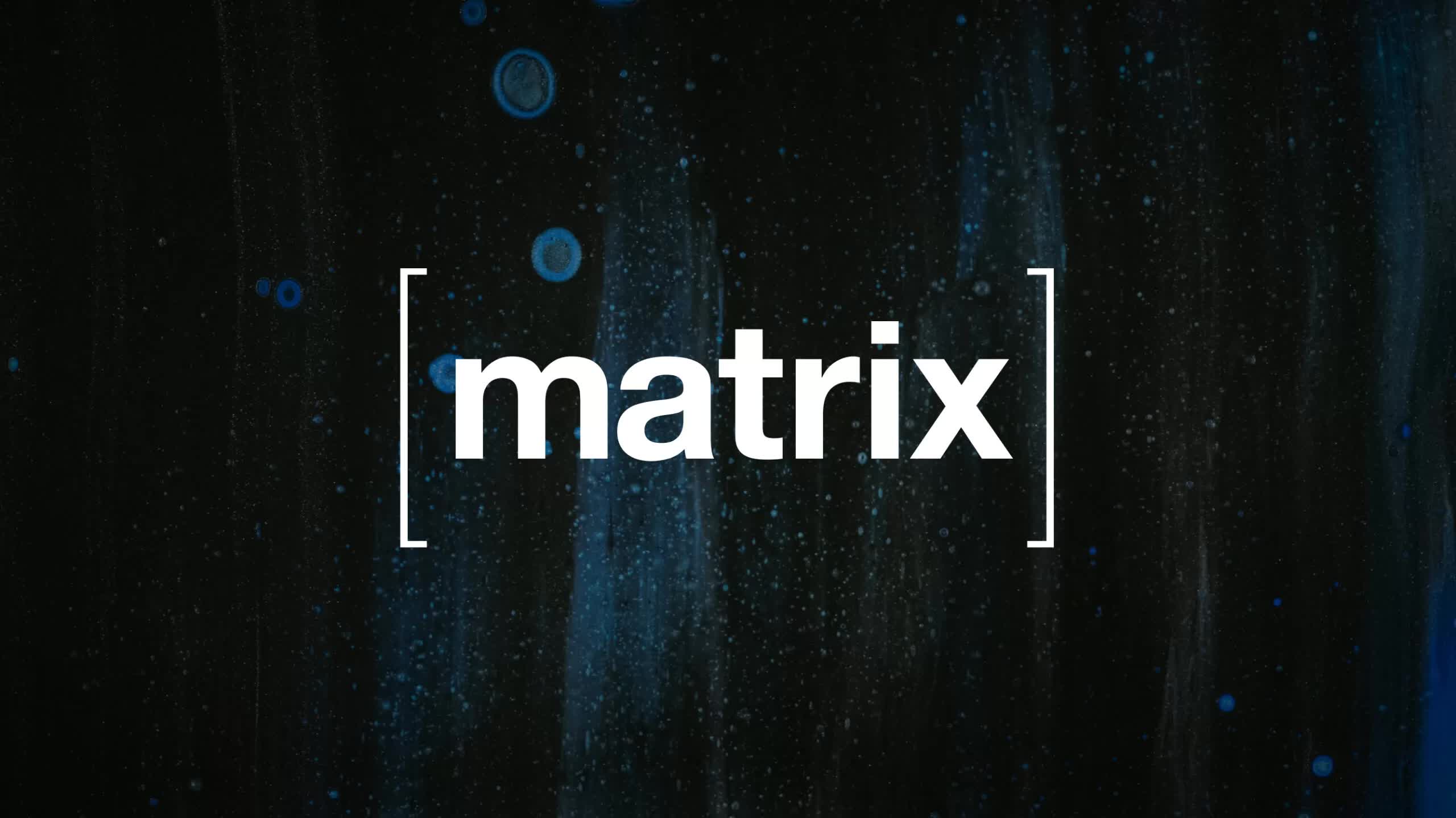In a nutshell: Matrix is an open standard designed to enable seamless and interoperable communication among various service providers. The protocol aspires to be for instant messaging what the Simple Mail Transfer Protocol (SMTP) is for store-and-forward email services, and the newly released version takes us a step closer to realizing this vision.
The Matrix Foundation initiated its communication project nine years ago, and the Matrix protocol has now surpassed 115 million users. Unique Matrix IDs on the public network numbered 60 million in July 2022, representing a 79 percent usage increase from the previous year. There's now a "thriving ecosystem" utilizing the Matrix protocol, as project co-creator Matthew Hodgson stated. More services, apps, and Matrix-based products continue to enter the market.
According to Hodgson, governments, major public sector organizations, enterprises, businesses, and "everyday people" are all showing interest in Matrix's promises of interoperable communication. Matrix is also growing from a technological standpoint, with the recently released Matrix 2.0 version showcasing some of these improvements.
Matrix 2.0 brings significant advancements in terms of usability and performance, as noted by Matrix developers. The new protocol includes native, scalable group VoIP chats with full end-to-end encryption, a long-awaited feature that can handle large conference calls with hundreds of participants simultaneously.
Matrix 2.0 also introduces Sliding Sync, a new synchronization API designed to load only essential data for interface rendering. This feature speeds up the initial synchronization and login process, which has been a recurring issue for Matrix users. Thanks to Sliding Sync, the Matrix Foundation claims that Matrix client apps now outperform iMessage, WhatsApp, and Telegram in terms of speed.
Additionally, Matrix 2.0 incorporates OpenID Connect technology, an industry-standard authentication protocol based on OAuth 2.0. This addition offers improved interoperability, enterprise support, and enhanced security. Finally, the latest Matrix release improves room joining with a new "lazy-loading" mechanism that accelerates resource loading for client apps.
For Matrix-based communications, users have various official client options to choose from. The Matrix Foundation's recommended choice is Element X, an open-source app built on Element that provides the "fastest Matrix experience ever." Element X allows users to retain ownership of their data while ensuring end-to-end encryption for their chats. Notably, Element is already trusted by high-profile organizations such as NATO, the United Nations, the US Department of Defense, and more, for secure and reliable communication.
